How to grow and care for lantana – and enjoy a rainbow of blooms all summer long
Known for flamboyant floral displays, lantanas are a low-maintenance and easy-to-grow plant that will brighten up any yard

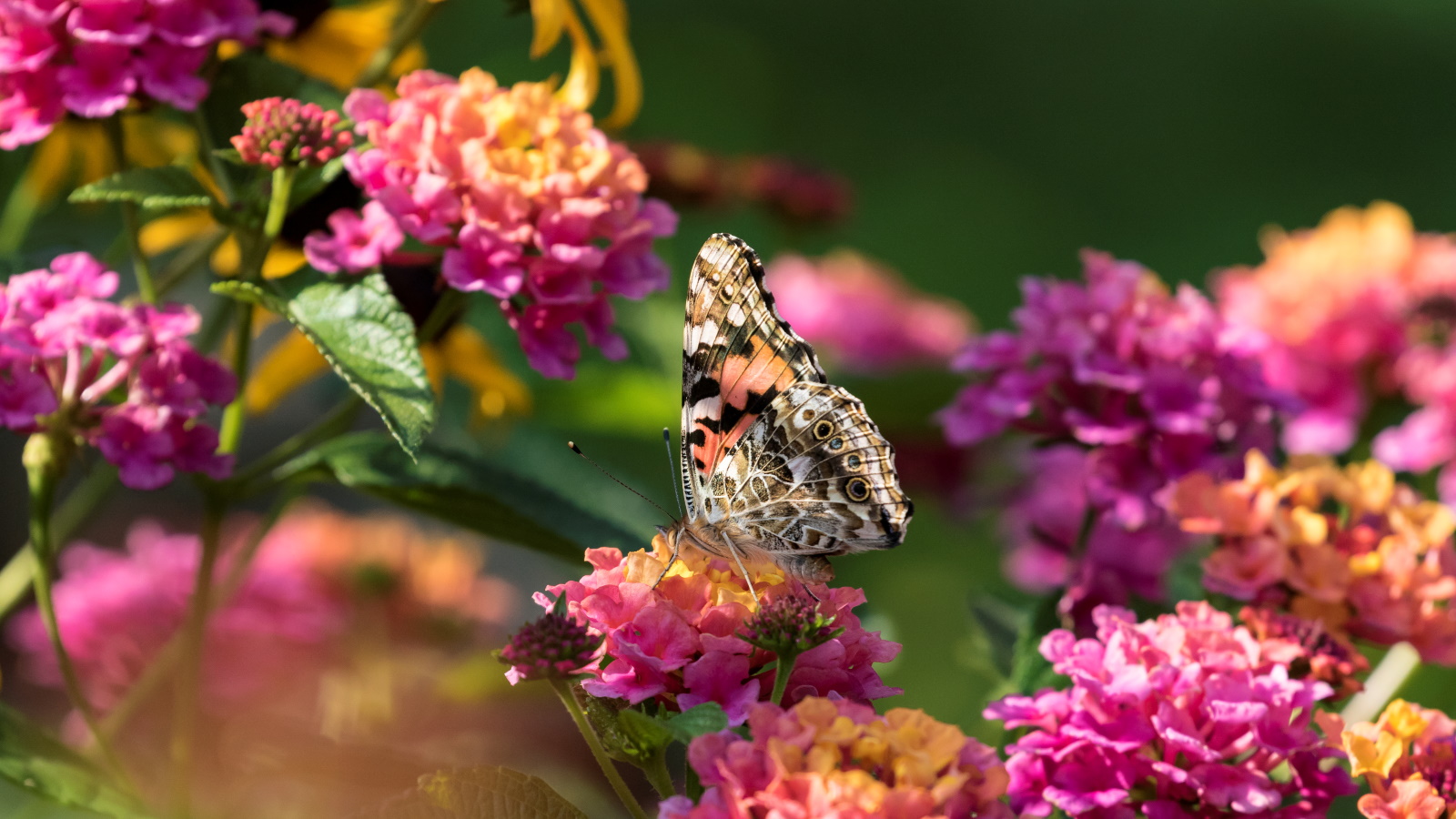
Lantanas are vibrant and versatile flowering plants that have become popular with gardeners for their reliable and fuss-free blooms. If you are looking for low-maintenance backyard ideas that will fill your borders and containers with pops of color, look no further than lantanas.
Native to the American tropics, these plants now feature in gardens worldwide. They thrive in warm climates and the more sunlight they enjoy, the more prolific they will bloom. For this reason, many grow this fast-growing plant as an annual, in the knowledge that they will not survive the winter in cooler zones.
One of the defining characteristics of lantanas is their coloring. From sunny yellows and bright oranges to dark reds, often on the same plant with two or three-toned flowers.
Known for their prolific blooms, lantanas will provide color from spring until the first frost, ensuring a continuous display of beauty in your backyard. If you are new to gardening, lantana is also considered one of the best plants for beginners. Read on to discover how to grow and care for this flamboyant flowering plant.
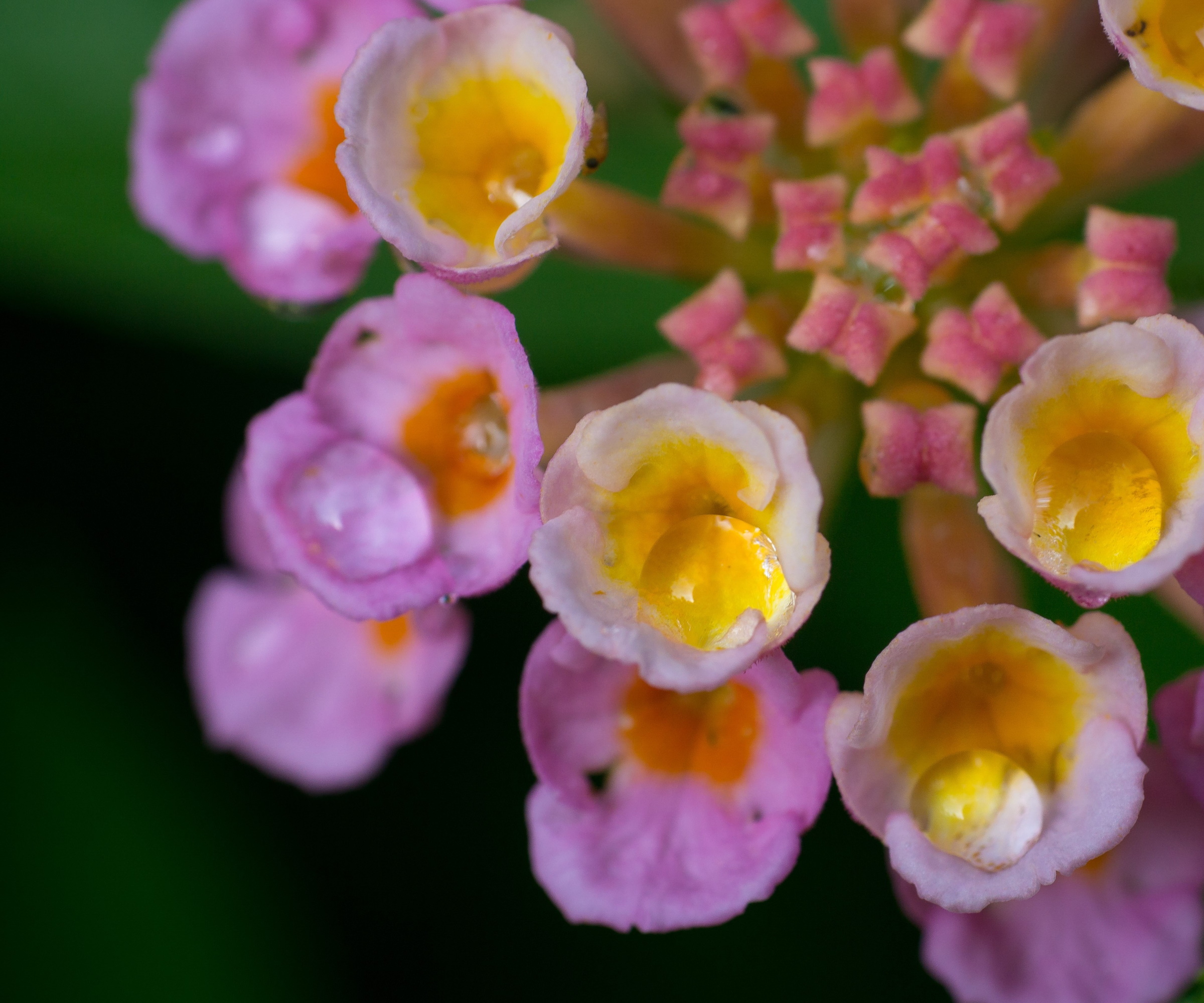
How to grow lantana
Lantanas are versatile plants known for brilliant blooms that can brighten up your backyard. They are a good option when considering flower bed ideas or pots in full sun, but it is important to follow some basic principles when learning how to grow lantana in pots or borders.
Considerations When Growing Lantana
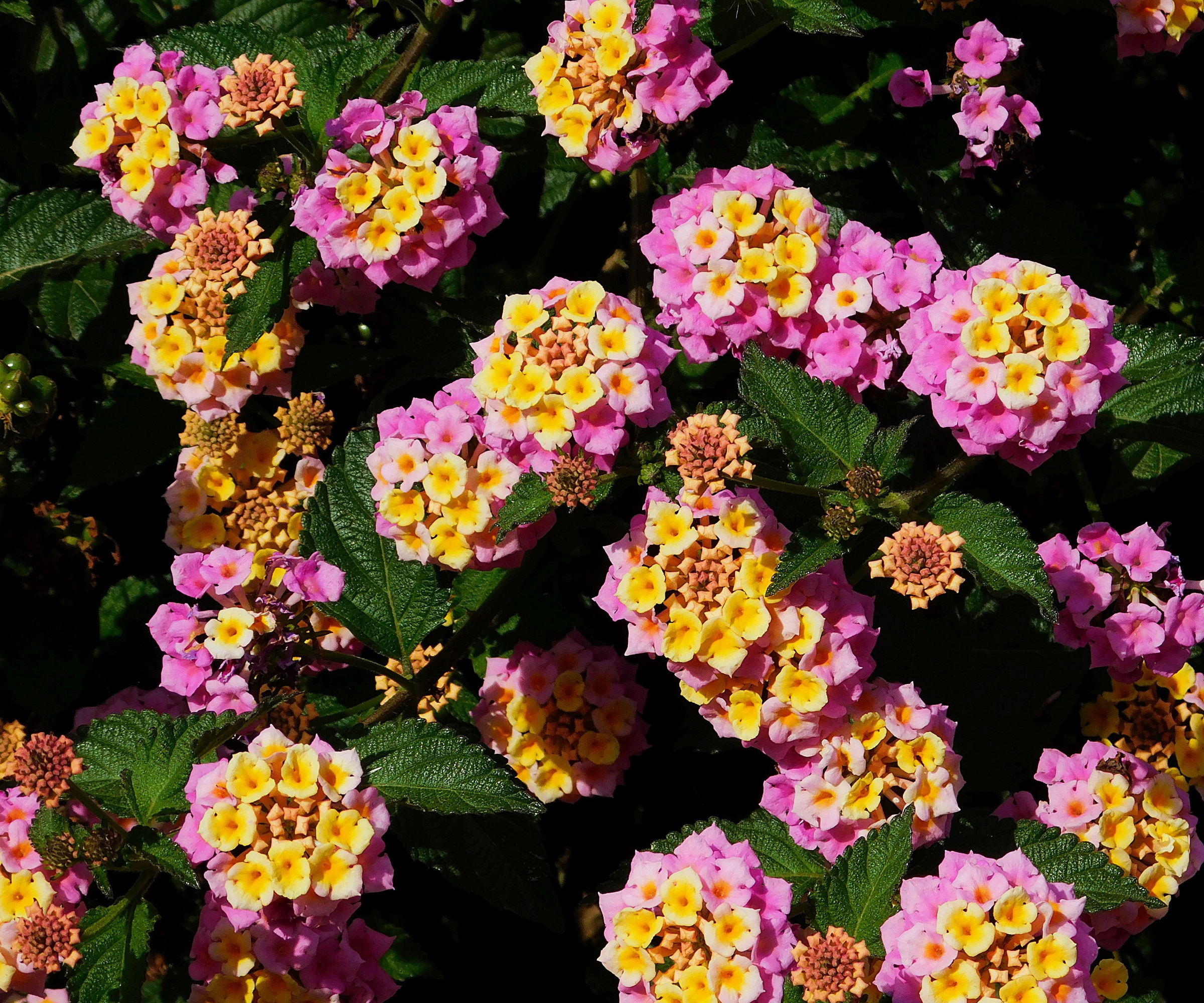
The lantana genus is a large group of flowering plants native to the tropical regions of the Americas and Africa. Needless to say, this plant thrives in warm and sunny conditions. 'You can always count on lantana to tolerate heat, drought and full sun here in the south,' says Tricia Hunt, plant expert and owner of Millstone Nursery, based in Germantown, Tennessee.
This 'low-maintenance plant will flower all summer long,' Tricia says, and the 'blooms will be a magnet for bees, butterflies, and hummingbirds from dusk till dawn. You may even spot a hummingbird moth feeding on the sweet nectar.'
Design expertise in your inbox – from inspiring decorating ideas and beautiful celebrity homes to practical gardening advice and shopping round-ups.
When considering if you can grow lantana in your garden, note that most varieties will grow happily somewhere in US hardiness zones 7 - 11, but it is always worth reading the plant label to make sure the variety is suitable for you.
In general, lantana does not do well in cooler conditions in winter, although it may 'tolerate a light frost in the fall,' Tricia says. However, many gardeners treat this plant as a tender annual. If you do have an option for winter storage, such as a cold frame or a greenhouse, protecting this plant through the winter until spring is recommended.
Importantly, lantana plants are considered invasive in some warmer states, including Florida, Arizona, and Texas. If you are in doubt, check with your local municipality to understand what varieties are recommended and/or allowed in your area.
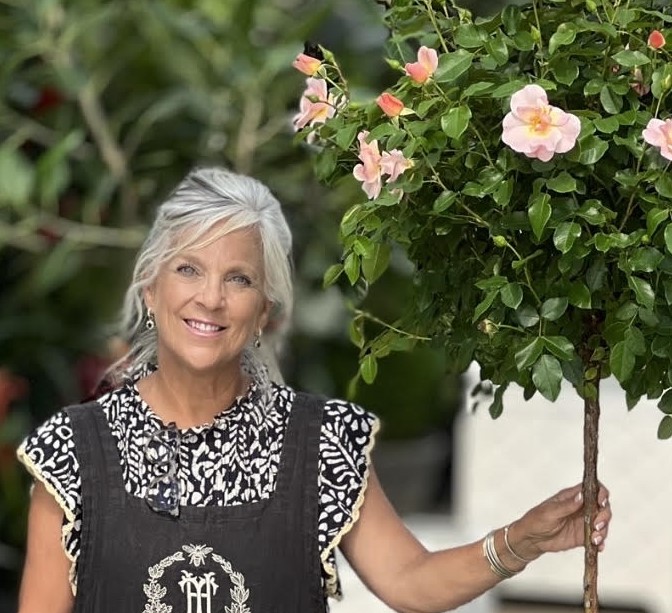
Tricia is the owner and operator of Millstone Market & Nursery, located in the heart of Germantown, Tennessee. Her sweet, Southern-instilled attention to customer service has grown her one-of-a-kind garden center into a destination.
Top Tips For Planting And Maintaining Lantana
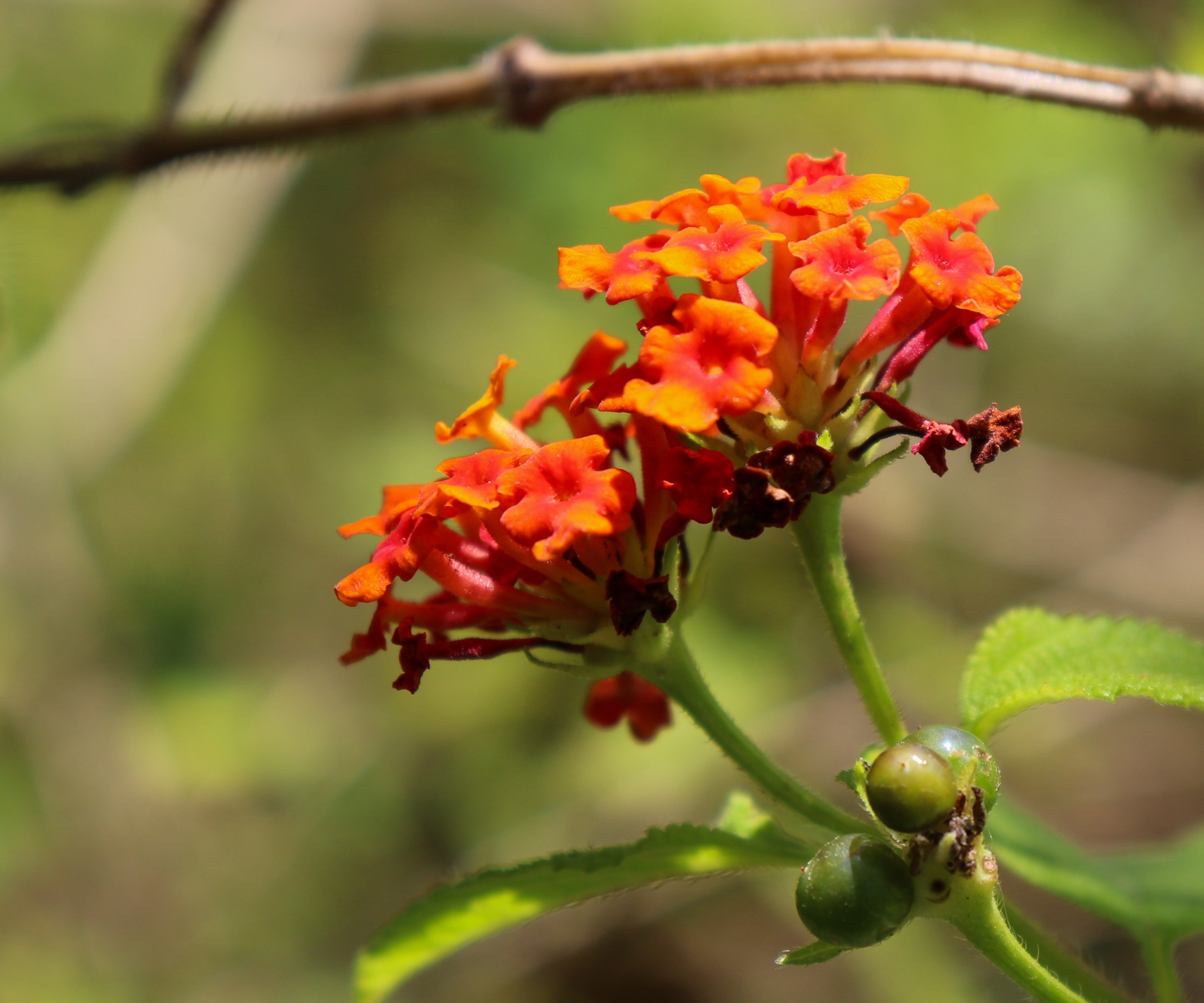
- Soil: 'Lightly acidic, well-draining soil is ideal for your lantana,' says Lorin Nielsen, Head Horticulturist of Epic Gardening. 'Consider adding a soil acidifier to your preferred well-draining potting soil mix to slightly lower the pH level.' One option is to use a product such as this Soil Acidifier from Garden Goods Direct. If you do not know the pH level of your yard, consider using a device such as this Soil pH Meter from Walmart.
- Light: Lantana 'can tolerate partial shade but will not flower to its full potential,' Lorin says. Whilst this will be determined by the lantana variety you have, Lorin recommends 'providing at least 6 hours of sunlight per day for optimal flower production.'
- Watering: While 'most lantana species will become drought-tolerant once established, they need consistent moisture when newly planted,' Lorin says. Once established, watering can become more infrequent, but during dry spells, it is recommended to regularly check on your plants and water as necessary. 'More water will produce more flowering and better growth,' Lorin continues. If planting in a container, remember that during the warm, summer months, pots and containers can quickly dry out.
- Fertilizing lantana: When planting, dig in some organic matter to add nutrients to the soil, which will stop the need for any fertilizer during the first year. If, however, you do choose to use a fertilizer, apply 'an organic, slow-release, balanced fertilizer at the end of the winter,' Lorin recommends. 'Do not fertilize heavily, as too much fertilizer will slow flowering in favor of foliage development.'
- Pruning: Pruning is essential when growing lantana as a perennial as this will keep the plant in a compact shape and promote flowering. The ideal time to do this is in the spring, cutting a few inches from the base of the plant. Doing this will encourage lots of fresh, new growth. During the growing season, you may wish to regularly deadhead your lantana. When flowers begin to fade, snip them off so the plant does not expend energy producing seed. Instead, you will enjoy more blooms late into the year.

Lorin Nielsen is the Head Horticulturist of Epic Gardening and its seed company, Botanical Interests. A California Naturalist, lifelong gardener, and plant-lover, she is a self-described composting geek, an avid food gardener, and the "plant mama" for several houseplants. She and the rest of the Epic Gardening team share a mission of teaching the world to grow, and she loves to help people discover their green thumb.
FAQs
Can you grow lantana in containers?
As a vibrant and colorful plant, lantana is ideal for container gardening on a terrace or placed in a pot near the house. As a plant of the tropics, your container should be grown in full sun and will go on to produce clusters of vivid flowers all summer long. Be sure to water your container frequently through the summer months, and monthly feeding can help to extend the flowering season.
With spectacular blooms, lantana is a great option to attract pollinators. Why not consider planting other colorful flowering shrubs that also attract wildlife, such as hibiscus? Or consider our guide on how to grow cockscomb, for an unusual and vibrant flower in your yard, or how to grow firebush, for a native alternative?

Thomas is a Content Editor within the Gardens Team at Homes and Gardens. He has worked as a professional gardener for both public spaces and private estates, specializing in productive gardening, growing food and flowers. Trained in Horticulture at the Garden Museum, he has written on gardening and garden history for various publications, including The English Garden, Gardens Illustrated, Hortus, The London Gardener and Bloom. He has co-authored a Lonely Planet travel book, The Tree Atlas, due out in 2024.